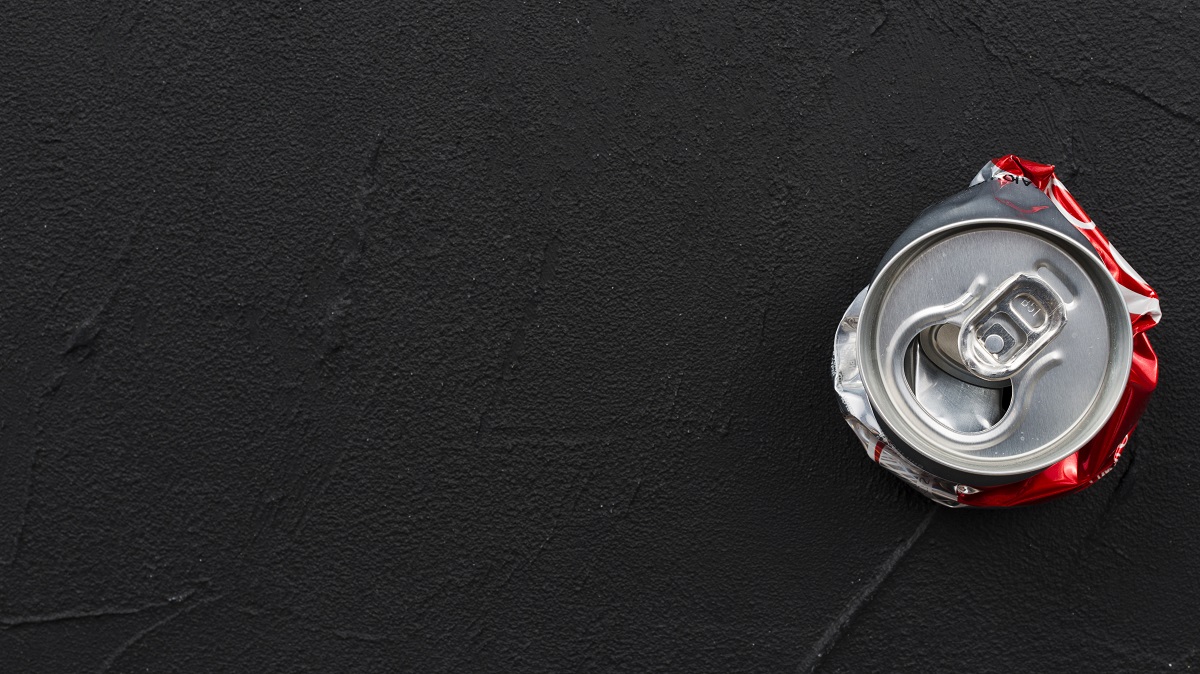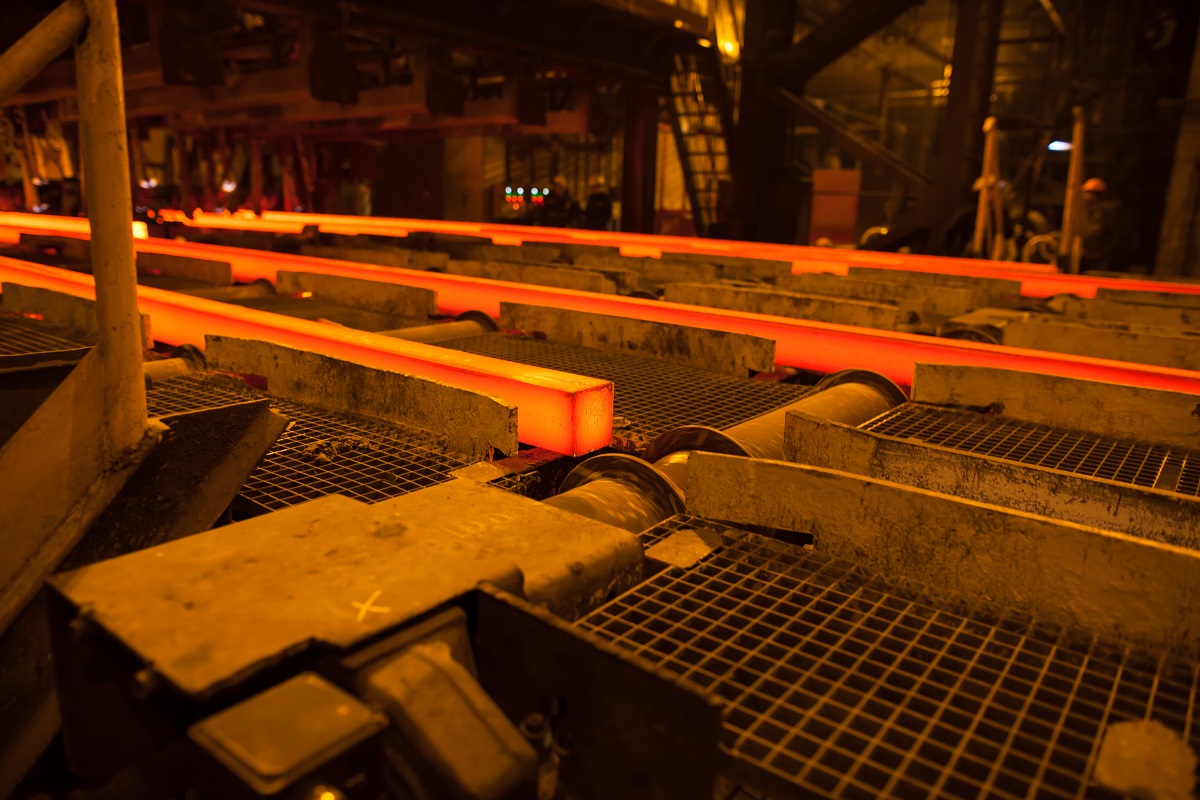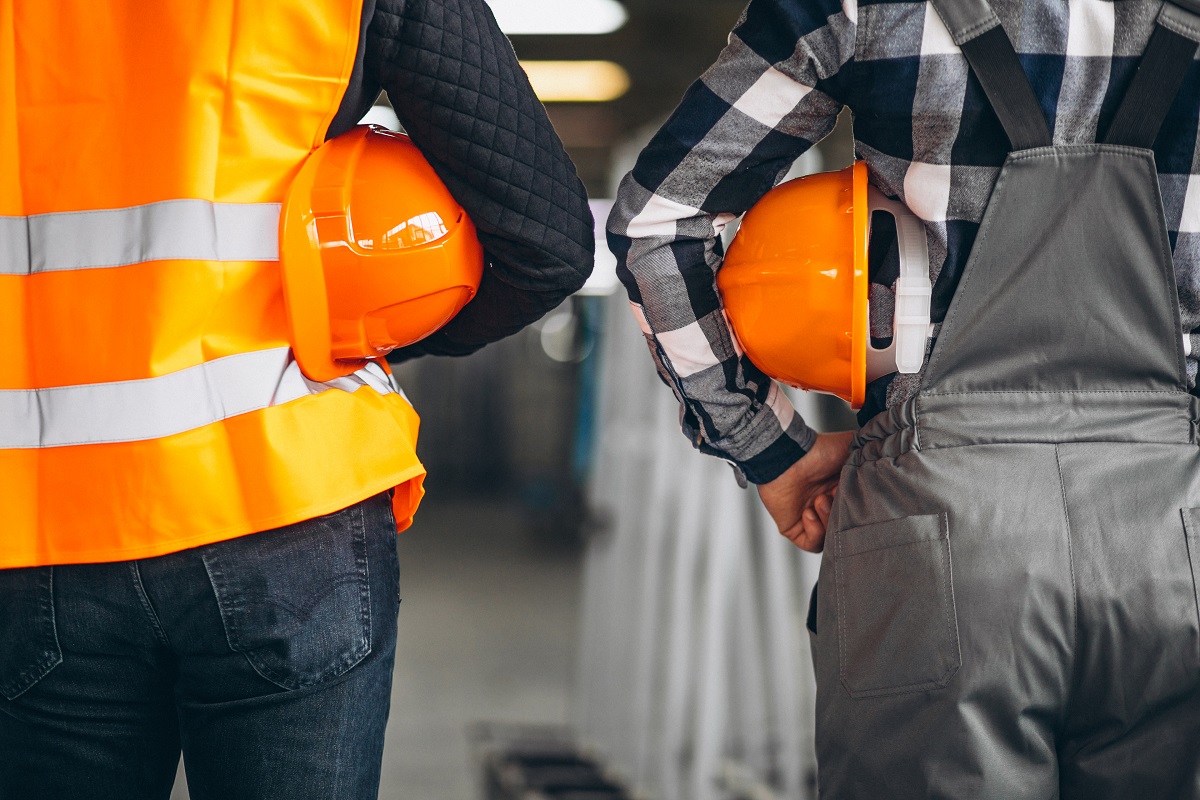When it comes to versatile types of metal, aluminum is a material used to create a wide range of products, items, tools, and machinery. Being light, strong, and resistant to many forms of wear and tear, aluminum provides many positive qualities that allow it to be very useful in a multitude of applications.
Along with being very flexible, aluminum is also a type of metal that is environmentally friendly, as it is more efficient to produce compared to other types of metal, and can also be recycled to create new products. When it comes to recycling, aluminum has a great track record, as many companies make use of recycled aluminum to help create high-quality products.
How is aluminum recycled?
Aluminum is known for being a very recyclable type of metal, which is why it is widely used by many product manufacturers worldwide. The process of recycling aluminum is one of the most efficient metal recycling methods, as the procedure allows the metal to be quickly ready for reuse as soon as the process is finished. Here is how aluminum is recycled to create new products.
Sorting

The first step in recycling aluminum is sorting. Each aluminum product and item would be sorted in bins and containers accordingly to be collected for the recycling process. Sorting begins in waste disposal, where people would drop their aluminum products in the designated disposal bins, which would then be distributed in a recycling facility. The sorting process helps remove unnecessary material like other kinds of metals, plastic, and even scrap and debris, all of which can affect the quality of the recycled material.
Shredding
After the aluminum products are properly sorted, the next step is to take them to recycle facilities and begin the process of shredding the aluminum. This helps make the aluminum easier to melt, lessens the weight and volume, and removes all other small materials present. Once the aluminum has been shredded, the next step is to sort it out once again and run it through a magnet.
Magnet

To make sure the shredded aluminum does not contain other types of metals, it would be passed through a powerful magnet that would remove all traces of other metals present. Most kinds of steel have magnetic properties, making it easier for the magnet to help sort out materials that are not needed in the recycling process. Once other types of metal have been removed, the aluminum would then go through a cleaning process.
Cleaning and De-coating
After the aluminum has been shredded and sorted out, the next step is to clean the material. Cleaning is done through the use of strong cleaning solutions that would remove any dirt, paint, or decoration present on the aluminum surface. The aluminum would be scrubbed clean, and then would go through the process of de-coating.
De-coating puts the aluminum through a conveyor system to remove all other traces of color and decoration on the surface. This is done by blowing hot air on the aluminum, which would then be removed and cleaned further. Once the cleaning process has been accomplished, the aluminum is not ready for re-melting.
Re-melting

The crucial process that would make recycled aluminum usable for manufacturing products is re-melting. The scrap aluminum would be put inside a high-temperature furnace, which burns for around 7000 degrees celsius. During the melting process, other types of chemicals would be added to create the proper composition of aluminum.
Once the melting process has been done the molten aluminum would be transferred into a holding furnace. This would turn the aluminum into ingots, which would then be processed further.
Rolling
Once the aluminum has been melted to create ingots, these ingots would go through a process called rolling. Rolling would help turn the aluminum into thin sheets, which would then be used to create new products. Rolling helps strengthen the aluminum and make it more flexible. Once the aluminum has been rolled out, it would be distributed to manufacturing companies to be used to create products.
Reuse

After being rolled, the recycled aluminum would once again go through another production process to create new products that would be distributed to retailers. These products can include aluminum cans, kitchen tools and items, packaging, and even casing for devices. Overall, the recycling process can take a number of weeks to accomplish and is able to recycle a good percentage of aluminum to be reused.
Key Takeaway
Aluminum is not only a strong and versatile material, but it is also recyclable, allowing it to be reused to create a new set of products. The recycling process surely takes time to accomplish but ensures the maximum amount of aluminum would be recycled. By knowing the process of recycling aluminum, you would be able to provide the best way to prevent your used aluminum from going to waste.
